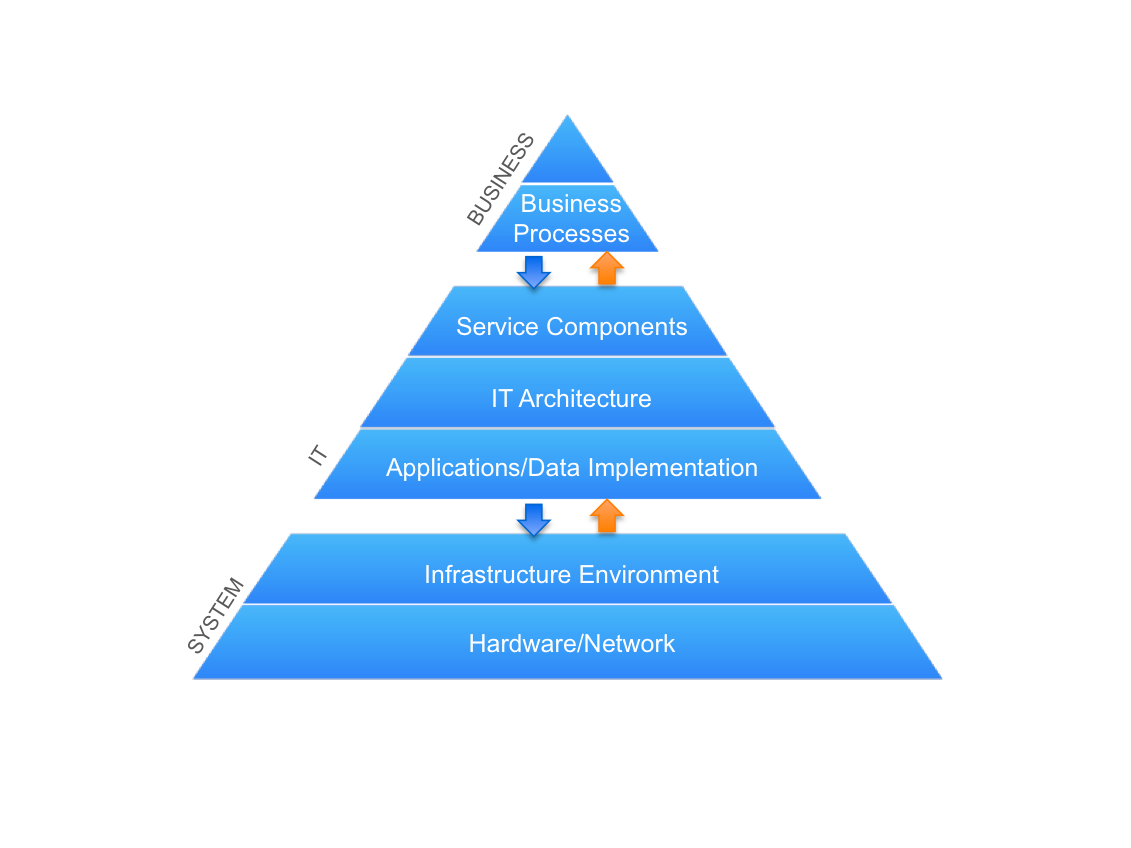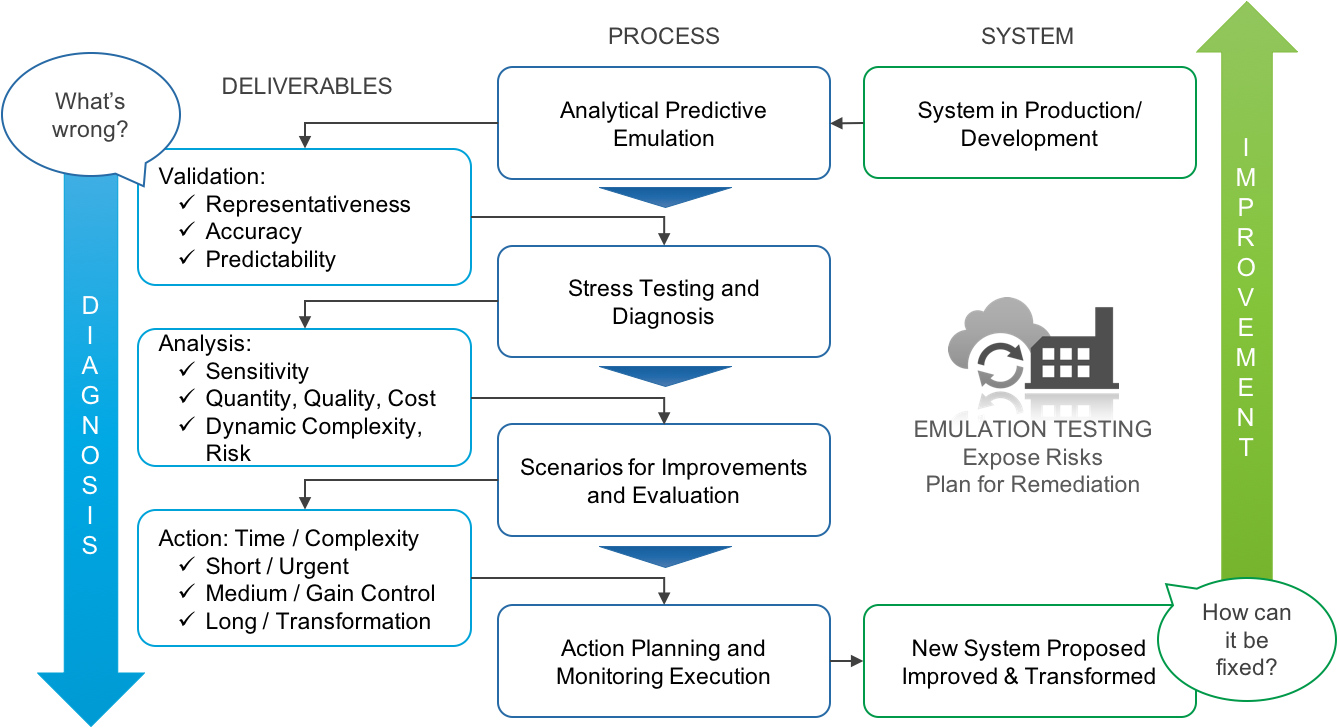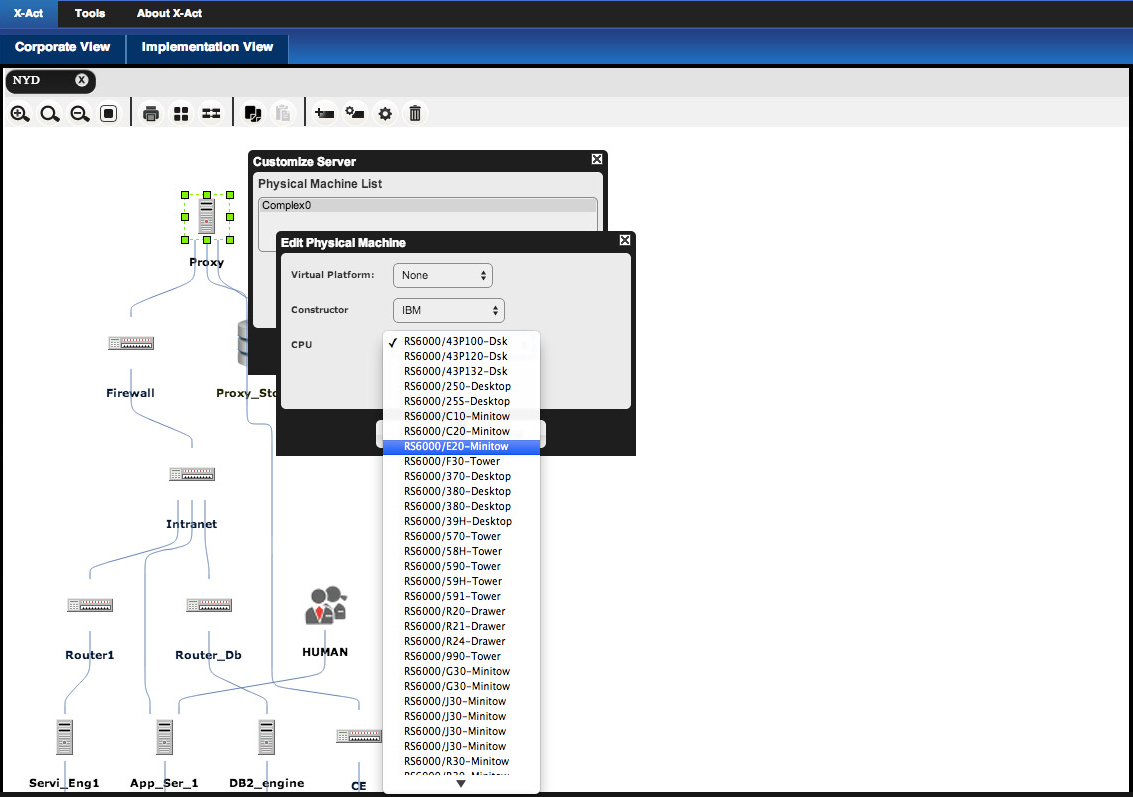Multi-dimensional comparisons that are forward-looking require a new approach to benchmarking—one that’s directed at uncovering new and better ways of operating versus a historical review of how things have been done.
Through benchmarking companies seek to compare their business processes and performance metrics to industry best and/or best practices from other industries. Quality, quantity and cost are the most common dimensions of the comparison that allow companies to explore how their own results compare to best in class companies.





